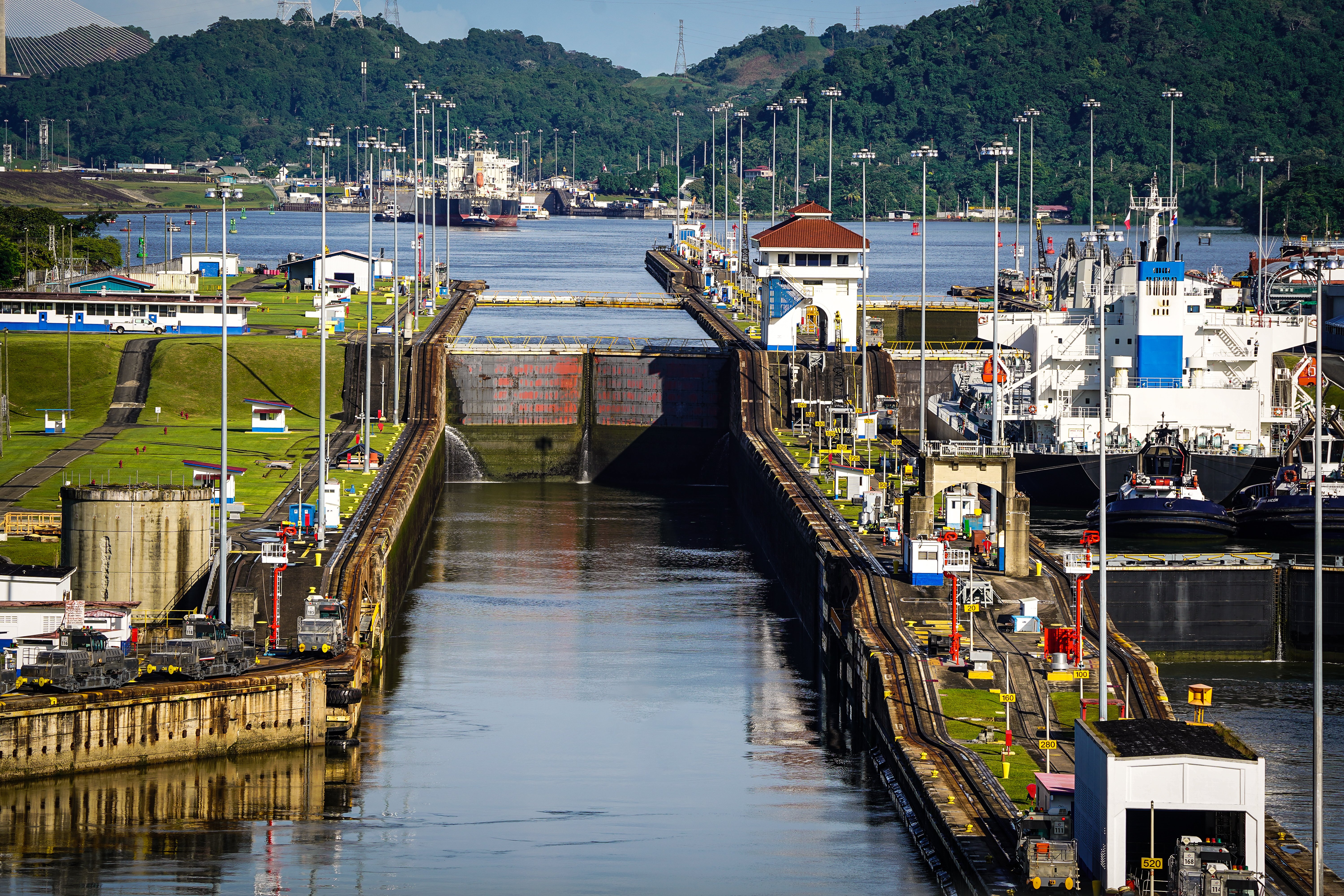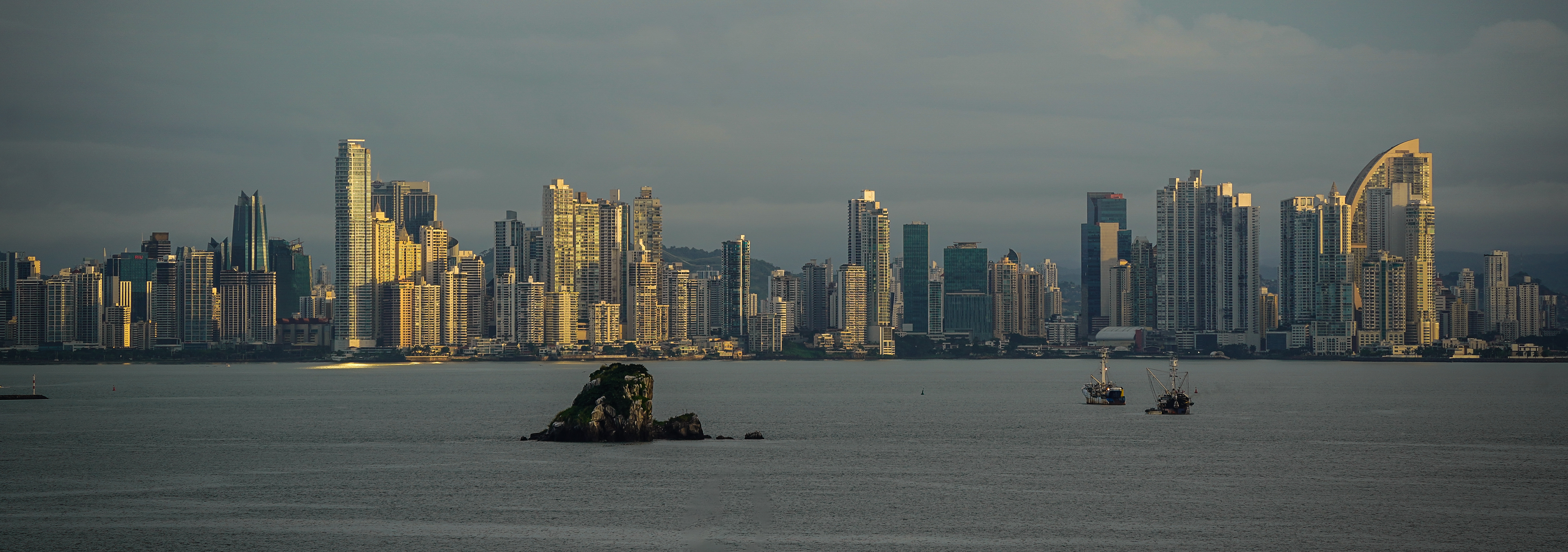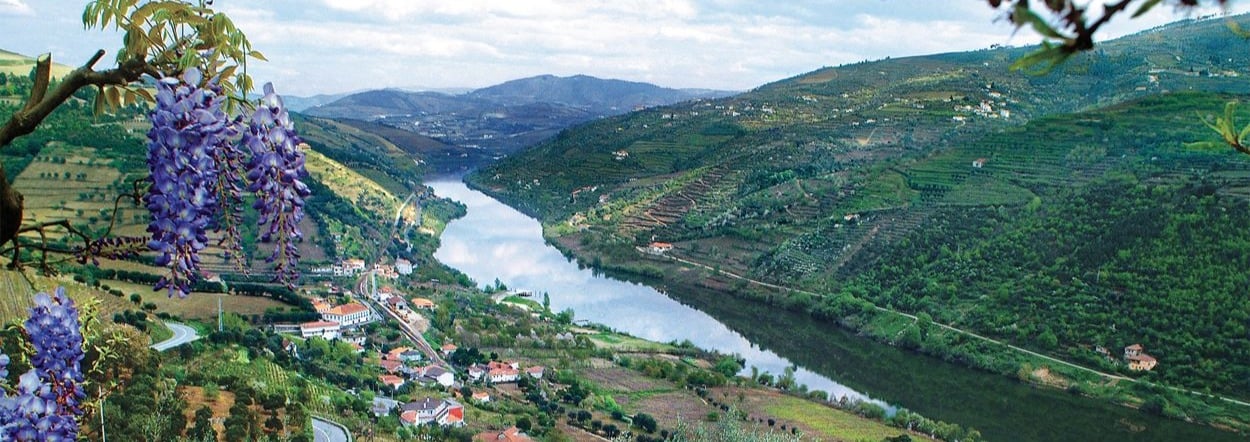Dating to 1914, the Panama Canal revolutionized transit between the Pacific and Atlantic oceans, cutting more than 7,000 nautical miles off the shipping route. As with any engineering marvel, tourists flock to the Canal — and rightfully so.
In 2025, more than 150 itineraries will be available, with most major cruise lines offering voyages. Options include both partial and full transits. Partial transits involve entering the canal from either the Pacific or Atlantic, sailing into Gatun Lake and returning through the same side. A full transit means passing through the entire canal, entering from one ocean and exiting into the other. On a passenger cruise ship, a full transit typically takes the better part of eight hours.
Construction of the Panama Canal began in the 1880s by the French. After Panama gained independence in 1903, the United States negotiated an agreement to complete the project. It is common for cruise lines to offer a full historical briefing during the transit, covering the challenges of construction, disease, racial segregation and U.S. control of the canal, which ended in 1999.
Tourism through the Panama Canal expanded significantly after the 1999 transfer of the Canal from the United States to Panama, thanks in large part to Panama’s investments in eco-tourism and the development of Panama City into a cruise port.

Click here to learn more about Panama on VAX
The canal’s expansion, completed in 2016 at a cost of $5.2 billion USD, more than doubled its capacity. Cruise ships now pass through both the original and expanded locks. The new locks are 70 feet wider and 18 feet deeper, accommodating ships as large as 15-story buildings. An estimated 95% of the world’s container and passenger ships can now transit the canal.
The expansion was a pivotal event for the cruise industry, creating new opportunities for tourism and allowing cruise lines to move ships more easily around the globe, optimizing operations in traditionally seasonal destinations.
One of the key benefits of using a commercial cruise line over a private yacht — beyond cost considerations — is the reduction in paperwork and transit time. Prices for a full transit start at around $1,000 per person for an interior room and can climb to tens of thousands of dollars for suites or upscale cruises.
A full Panama Canal transit offers multiple sights and experiences along the way. The Miraflores Locks sit on the Pacific side, just outside the stunning views of Panama City. Sailing under the Bridge of the Americas, ships pass the Miraflores Visitors Center, which offers excellent views of vessels entering and exiting the original locks.

The journey continues through Gatun Lake, which was the largest man-made lake in the world when it opened in 1914, covering 164 square miles. The lake plays a vital role in the canal system, providing fresh water to operate the locks and comprising 21 miles of the canal's total length. The Gatun Dam also generates hydroelectric power for the locks and supplies drinking water to surrounding communities.
The rainforest around Gatun Lake is home to native plants and wildlife, including howler monkeys and tropical birds often visible along the shoreline. The Gatun and Agua Clara locks are located on the Atlantic side.
The lock system is a fascinating engineering feat, raising and lowering vessels a total of 85 feet. The original system consists of six locks — three up and three down — for each ship’s passage. Freshwater is used in the locks to prevent damage to the gates, as saltwater would have been costly to pump and could corrode the mechanisms. As a result, Gatun Lake plays an essential role in maintaining the canal’s operation.
Many travelers recommend visiting between November and April to avoid Panama’s rainy season. However, even during the rainy season, the journey is a spectacular and unforgettable experience — a keepsake memory on this beautiful planet we call home.
Cole Sjoholm, the author, transited the Panama Canal in October 2024 on the Carnival Spirit during a 16-night journey cruise, departing from Seattle and disembarking in New Orleans.






comments